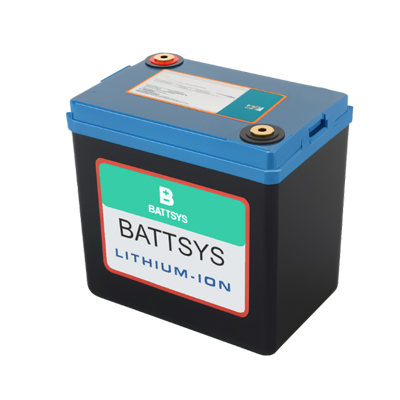We know that
energy storage products should generally be compared from the perspectives of weight energy density, volume energy density, service life, price, applicability, national policies, etc
Weight energy density
At present, the energy density of
lithium batteries is generally between 200-260wh/g, and lead-acid is generally between 50-70wh/g. Therefore, the weight energy density of lithium batteries is 3-5 times that of lead-acid batteries. This means that under the same capacity, lead-acid batteries are 3-5 times that of lithium batteries. Therefore, in terms of lightweight energy storage devices, lithium batteries have an absolute advantage.
Volumetric energy density
The volume capacity density of lithium batteries is usually about 1.5 times that of lead-acid batteries, so under the same capacity, the volume of lithium batteries is about 30% smaller than that of lead-acid batteries.

Usage cycle
The currently popular material systems are ternary and iron lithium. The cycle times of ternary power type lithium batteries are usually more than 1000 times, the cycle times of iron phosphate lithium batteries are more than 2000 times, and the cycle times of lead-acid batteries are usually only about 300-350 times. Therefore, the service life of lithium batteries is about 3-6 times that of lead-acid batteries.
Price
At present, lithium batteries are about three times more expensive than
lead-acid batteries in terms of price. However, based on the analysis of service life, investing the same cost still results in a longer service life for lithium batteries.
Applicability
Lithium batteries have slightly lower safety compared to lead-acid batteries, so various safety precautions need to be taken during use, such as preventing external forces or accidents from damaging the lithium battery, as this may cause fire or explosion; At present, the temperature applicability of lithium batteries is also very good, so in other adaptability aspects, lithium batteries are no less than lead-acid batteries.
Usage scenarios
Lead acid batteries: car starting, electric vehicle batteries,
Lithium batteries: used for mobile phones, computers, electric tools, and now also for electric vehicle batteries.
Internal materials
The positive and negative electrodes of lead-acid batteries are lead oxide, metallic lead, and the electrolyte is concentrated sulfuric acid,
The positive and negative electrodes of lithium batteries are lithium cobalt oxide/lithium iron phosphate/lithium manganese oxide, graphite, and organic electrolytes.
